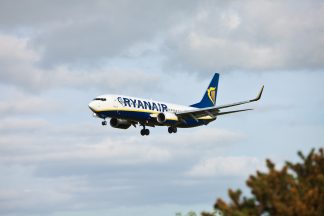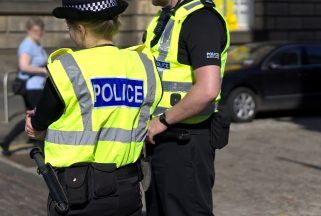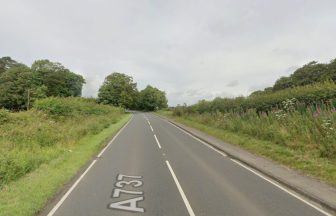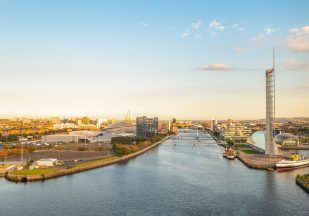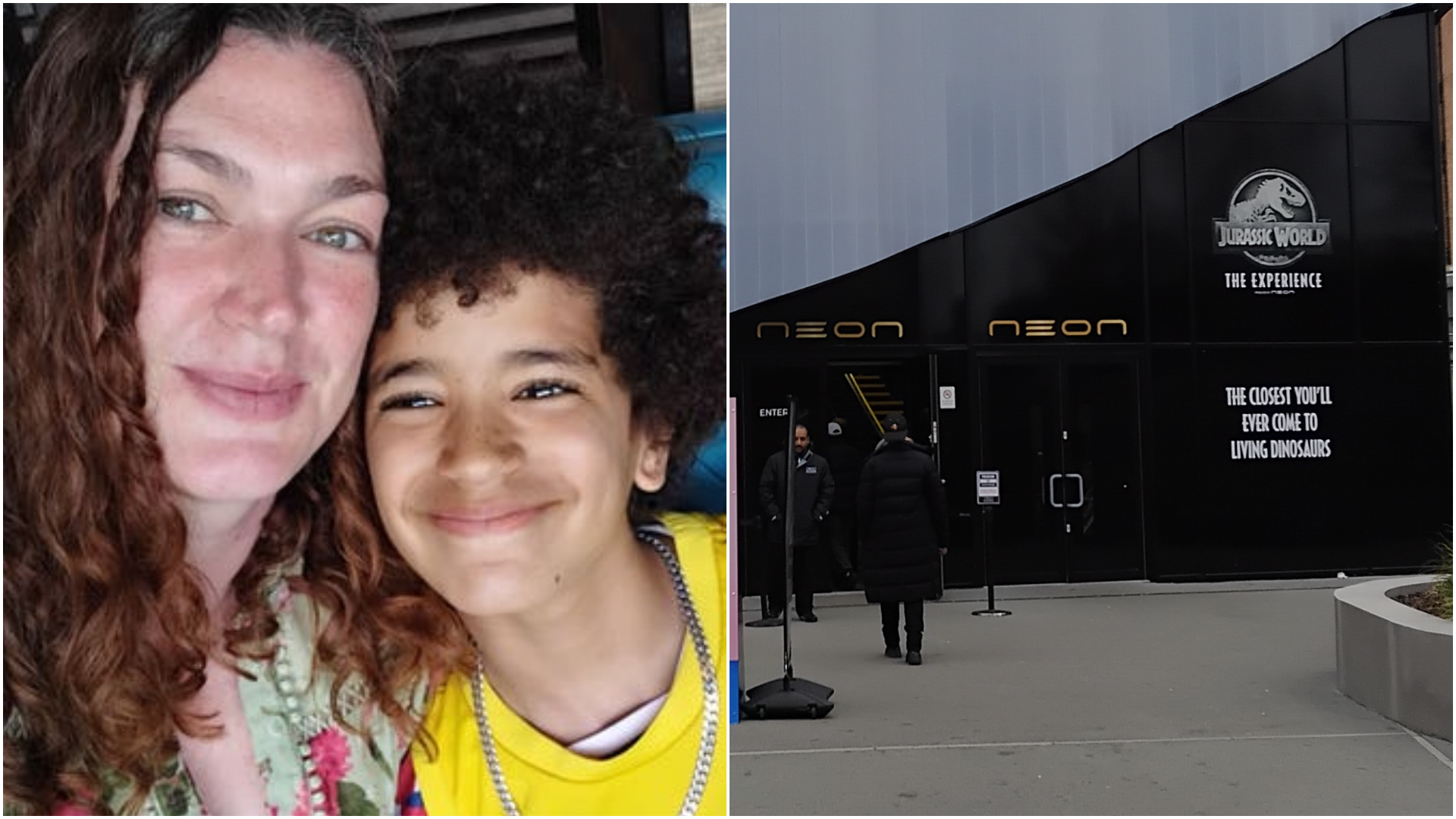If you have taken a trip to see Scotland’s puffins in recent years then you could be of vital help to scientists trying to support the threatened little seabirds.
As puffins make their annual return to the UK’s coastlines, conservationists are asking people to join the “Puffarazzi”.
The project aims to find out what is causing population changes in our favourite “clowns of the sea” across the UK, particularly focusing on differences in food availability related to climate change.
People can join the Puffarazzi by submitting photos from visits to puffin colonies in previous years where they have snapped pictures of these colourful seabirds with food in their bills.
The photos help scientists learn more about what puffins are feeding their chicks, or ‘pufflings’, and how this might have changed over time.

The citizen science scheme was first run by the RSPB in 2017, with 602 people sending in 1,402 photos of the seabirds from almost 40 colonies.
This year the project is adapting to take coronavirus guidance into account, asking people to focus on digging through their photo albums and files at home in case there are any photos tucked away from previous visits to puffin colonies that could be of use.
Connie Tremlett, RSPB Conservation Scientist and manager of the project this year, said: “We’ve been bowled over by how many people have already taken part in Puffarazzi – the response so far really shows how beloved these ‘clowns of the sea’ are, and how each and every one of us can play a part in saving them.
“As puffins return to our shores, we’re once again asking people to share their photos from previous years with us. However old your photo is, as long as it has a picture of a puffin with food in its beak, and you know when and where it was taken, it will help.
“Those who join the Puffarazzi are filling key gaps in our knowledge, helping us to understand what threats are facing these little seabirds. This is the first critical step to determining how to save them and ensure they return to our coasts for years to come.”
To send in your puffin pictures visit the project page here: rspb.org.uk/projectpuffin
Puffins have suffered a significant decline in numbers and are now globally listed as vulnerable to extinction.

Last year, climate change was named by researchers as one of the major factors behind the declining puffin population on the Isle of May, home to the UK’s third-largest colony.
The population on the Scottish island, five miles off the Fife coast, plummeted by nearly 33 per cent between 2008 and 2013.
The increase in water temperature has forced sand eels, puffins’ main source of food, further north, leaving the birds struggling to find food. They have been adapting to eat more sprats as a result.
As David Steel, Isle of May reserve manager, told STV at the time the research was published: “If we talk about a change in sea temperature of just one degree, the plankton move north.
“The sand eels follow then, and then the predators – such as the puffins – which feed on them, they don’t have their food source.
“That’s what the problem is – it all has a big knock-on effect.
“Puffins can live up to 30, 35 years. They can tolerate one poor season. But when it’s year after year after year of poor summers, that’s when the population can be affected and things can go bad.”
Puffin facts
- Puffins are one of the few bird species which mate for life
- They are affectionately nicknamed “sea parrots” and sometimes “clowns of the sea”
- A puffin’s bill changes colour during the year. In winter, the beak has a dull grey colour, but in spring it blooms with a fantastic orange colour
- Puffins are brilliant flyers, flapping their wings up to 400 times a minute and speeding through the air at up to 88km an hour
- They are also great swimmers, using their webbed feet as a rudder, puffins can dive down 60m underwater in search of fish.
Follow STV News on WhatsApp
Scan the QR code on your mobile device for all the latest news from around the country








